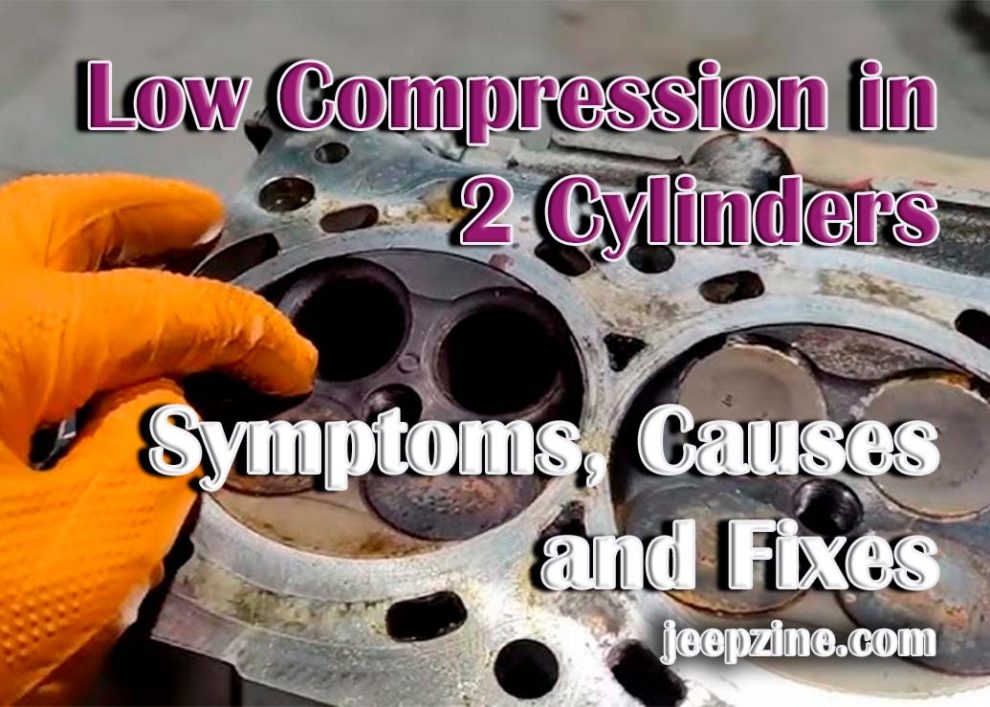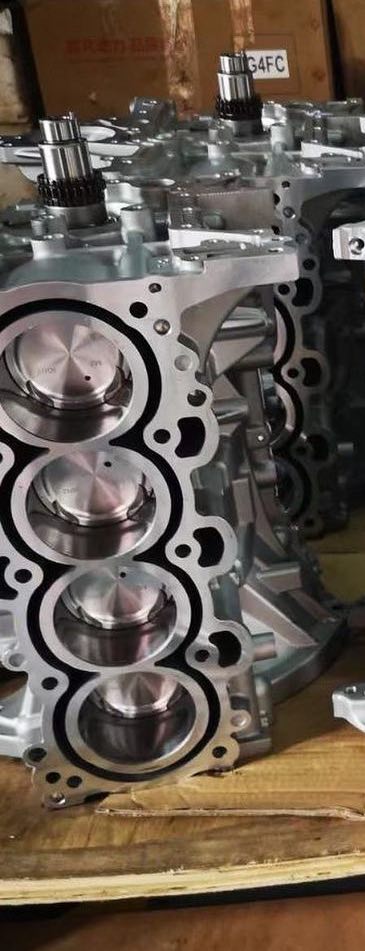Compression is an essential component of the internal combustion engine and affects the efficiency, performance, and overall operation of the engine. Low compression in two cylinders can indicate a problem with your engine’s internal components, such as valves or piston rings. It can also indicate that there may be a more significant issue with your vehicle’s electrical system. Understanding the symptoms, causes, and fixes for low compression in two cylinders is essential to keep your vehicle running optimally. This article will provide a comprehensive look at what causes low compression in two cylinders, what symptoms to look out for, and helpful advice on how to fix it. Ultimately, by understanding all aspects concerning low compression in 2 cylinders, you can determine whether further investigation or servicing is necessary for your vehicle.
Symptoms of Low Compression in 2 Cylinders
When an engine has low compression in two cylinders, it can manifest several symptoms that can alert a driver to the underlying issue. Here are some of the common signs:
-
Reduced Power and Performance: The engine may feel noticeably weaker, struggling to deliver the usual power, especially under load or acceleration.
-
Misfiring: The affected cylinders may misfire, which can lead to a rough idle, uneven power delivery, and an increase in exhaust emissions.
-
Hard Starting: Engines with low compression can be difficult to start since the reduced pressure affects the engine’s ability to initiate the combustion process efficiently.
-
Poor Fuel Economy: Due to the lack of proper cylinder filling and incomplete combustion, the engine can consume more fuel to try to compensate for the loss of power, leading to decreased fuel efficiency.
-
Unusual Noises: Knocking or tapping sounds may emanate from the engine because of the misfires and uneven combustion pressures.
-
Check Engine Light: Modern vehicles will often trigger the check engine light if the onboard computer detects issues related to the combustion process, including low compression.
 Causes of Low Compression in 2 Cylinders
Causes of Low Compression in 2 Cylinders
A number of factors can cause low compression in two cylinders. Some of the most common causes include worn or damaged piston rings, worn valves, a clogged air filter, or an issue with the fuel injectors. If any of these parts are not working correctly, it can reduce the amount of air and fuel entering each cylinder while also preventing combustion from occurring correctly. It will result in lower compression levels and decreased engine performance. Another potential cause could be a problem with the spark plugs, such as a misfire due to an improper gap between electrodes or a faulty spark plug wire connection. In some cases, low compression is caused by leaks in the head gasket or intake manifold, which can lead to reduced compression levels in one or both cylinders. Lastly, if an engine operates for prolonged periods at high RPMs without sufficient lubrication, it could develop severe wear on its components, resulting in low compression levels in both cylinders.
How to Fix Low Compression in 2 Cylinders
To fix low compression in two cylinders, diagnose the precise cause of the issue. It involves checking for any existing damage to the valves, piston rings, spark plugs, and other engine components. If there is wear or damage present, then these components may need to be replaced and repaired depending on their condition. Inspecting the intake manifold and head gasket for air leaks can also help identify if one of those components is causing low compression levels. If a clogged air filter or faulty fuel injectors are causing reduced intake pressures, they may need to be replaced or cleaned as necessary. Lastly, replacing faulty spark plug wires can help restore proper ignition timing and combustion efficiency in both cylinders. Read here about compression test.
Conclusion
Low compression in two cylinders can indicate a problem with your vehicle’s internal combustion engine. Knowing the symptoms, causes, and fixes for this issue is essential for maintaining a properly functioning engine. To identify the cause of low compression levels, inspect all related components, such as valves, piston rings, spark plugs, air filters, and fuel injectors. If any of these components are found to be damaged or worn, then they will need to be replaced or repaired. Additionally, if there are air leaks present in the intake manifold or head gasket, then they should be sealed appropriately to prevent further compression issues. With proper diagnosis and servicing from a qualified mechanic, low compression in two cylinders can be fixed quickly and efficiently.


 Causes of Low Compression in 2 Cylinders
Causes of Low Compression in 2 Cylinders